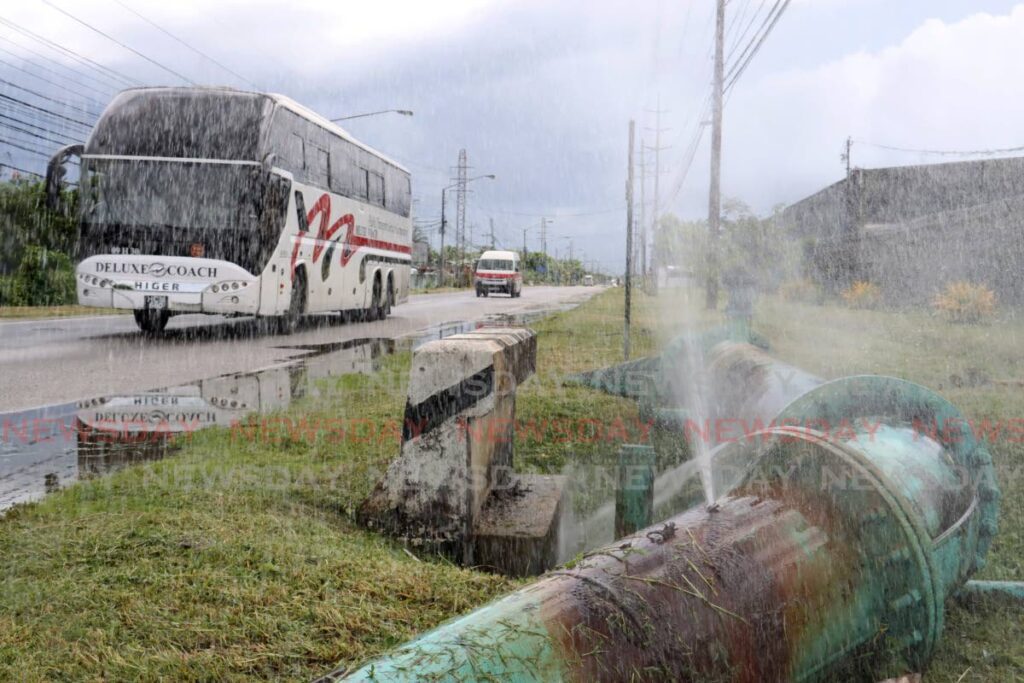WASA's metering problem

It is a well-known precept of executive oversight that whatever is measured is most effectively managed.
Our electricity is metered. Our use of telecoms bandwidth is measured. Even our air quality is subject to evaluation, though we do nothing to improve it.
When it comes to water, long accepted as the utility most critical to life, measurement is limited to bulk users and commercial operations. Water meters are spottily implemented elsewhere.
Many of the challenges faced by the Water and Sewerage Authority (WASA) stem from this inability to understand how its water is being used, where it is being wasted and how it might better deploy its resources to staunch those losses and reduce abused connections.
Incoming CEO Keithroy Halliday, positioned as a success story in water management and a new, more effective hand at WASA's spigot, has raised the question of metering early in his tenure.
"(Metering) holds each of us accountable for our water usage," Mr Halliday said at a media conference in Scarborough on January 22.
The last time metering was suggested the sitting minister of public utilities, Robert Le Hunte, resigned over what he described as "a professional conflict on policy positions."
That's being politically correct about water metering treated as politics and not water management.
And politics, particularly as the country heads into a general election, will increasingly weaponise WASA's failings.
The authority, for instance, did not announce that 75 per cent of Tobago would have a 24/7 water supply by the end of 2024. Public Utilities Minister Marvin Gonzales did that.
When WASA doesn't meet a politician's promises, it is pilloried publicly by the opposition and privately by the government when podium pronouncements fail to materialise.
But water supply is far too important to be used as a political football. To this day, former public utilities minister Ganga Singh's 1995 promise of "water for all" remains a benchmark of politically motivated overreach completely divorced from practical engineering realities.
Eventually, Mr Halliday will have to confront the hard realities of the extensive problem of WASA's end-of-life lockjoint water distribution system and the enormous cost and disruption that replacing it with an equivalent will bring.
In facing that challenge, the new CEO should explore the possibility of bringing fresh, 21st-century thinking to the challenges of national water distribution.
TT has long managed water using massive water retention systems created through dams and a network of wells and other water sources. It is a legacy of an earlier age in national development and population growth.
It's time to rethink national water collection and distribution systems based on the real-world customer densities that must be serviced in 2025.

Comments
"WASA’s metering problem"